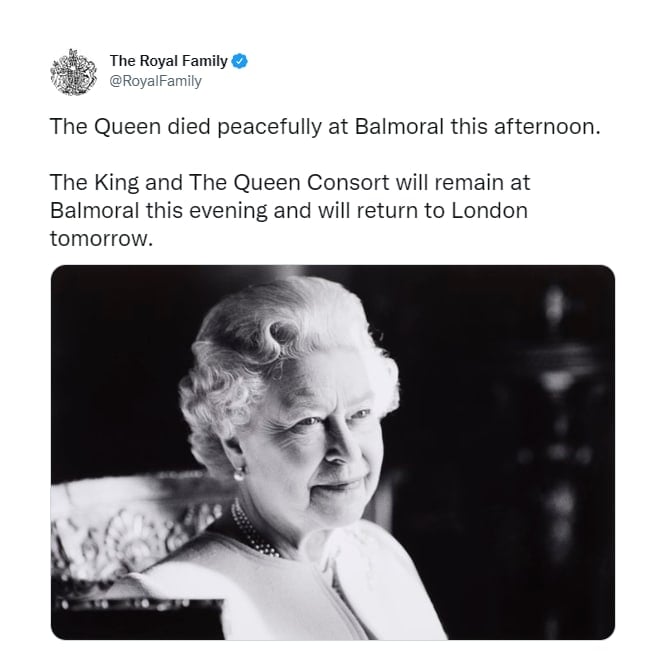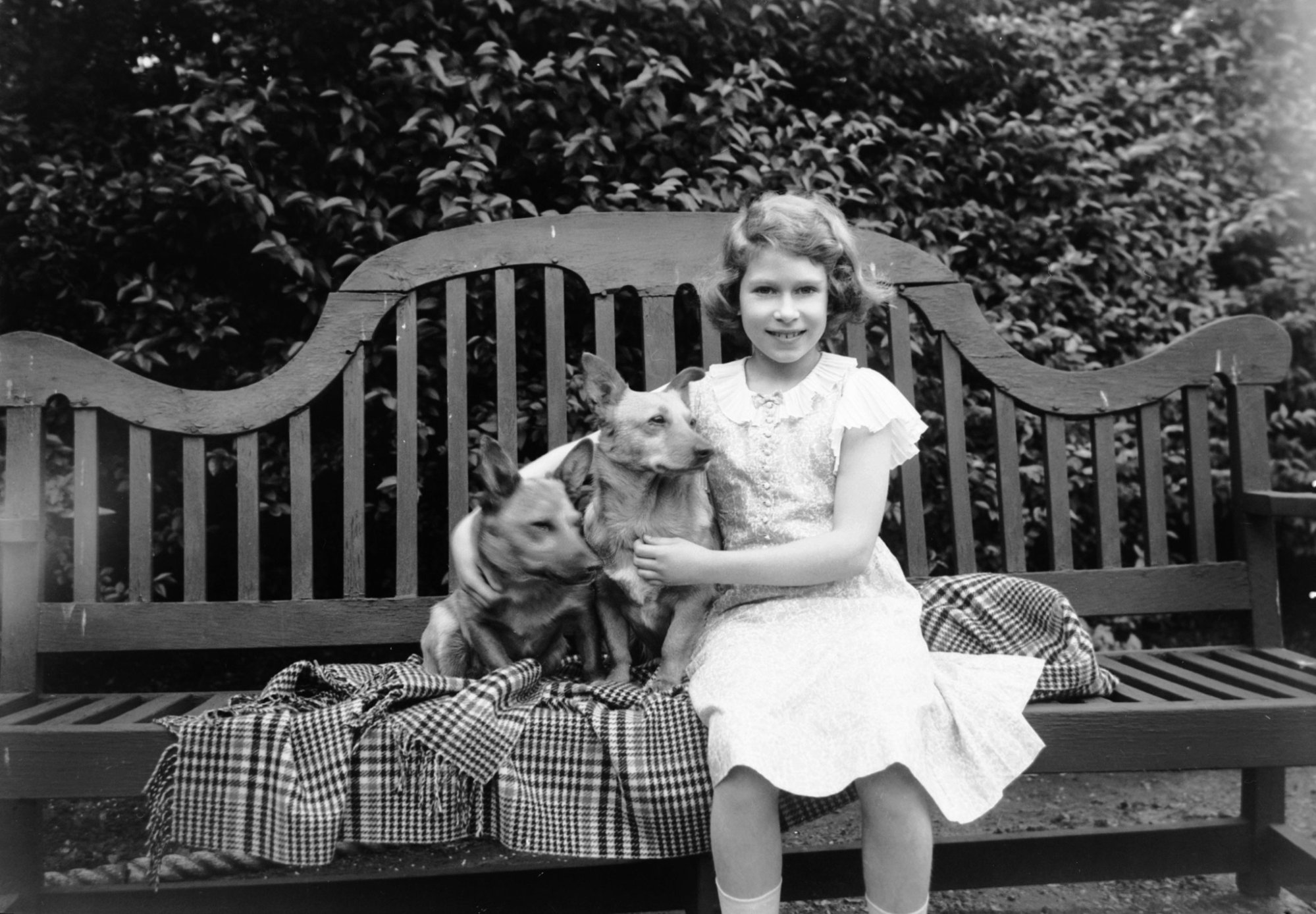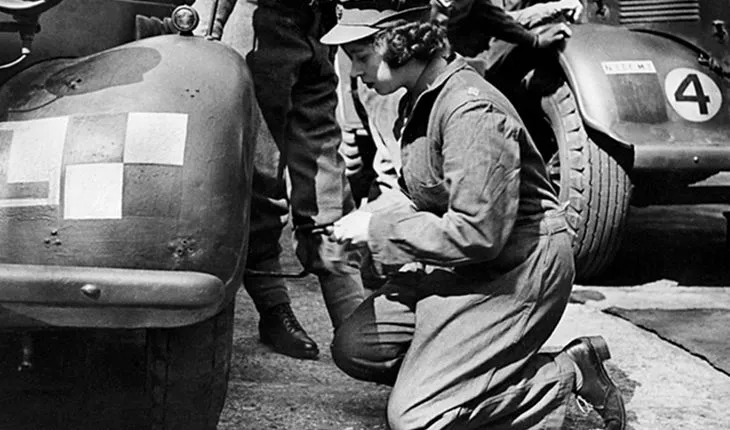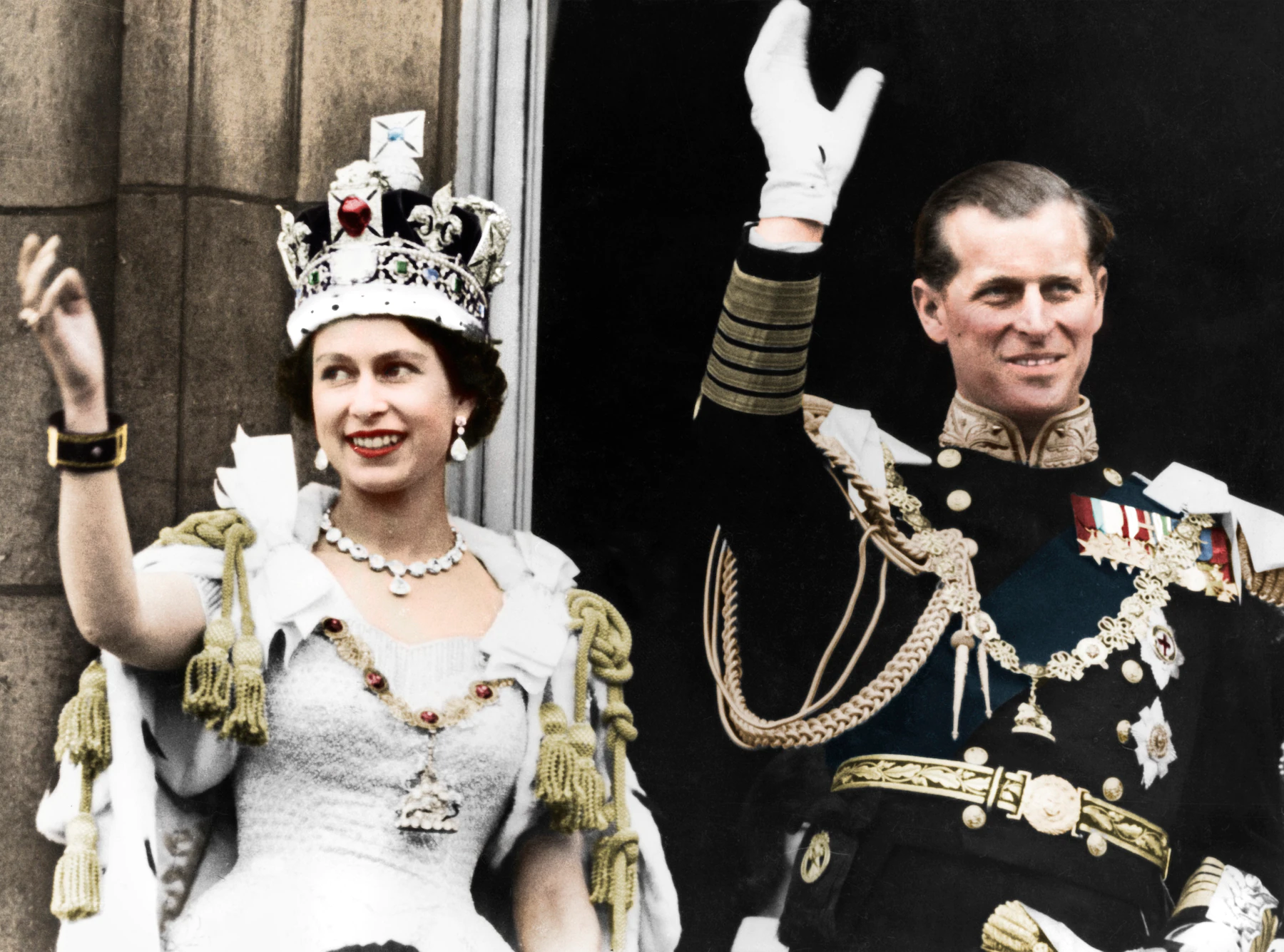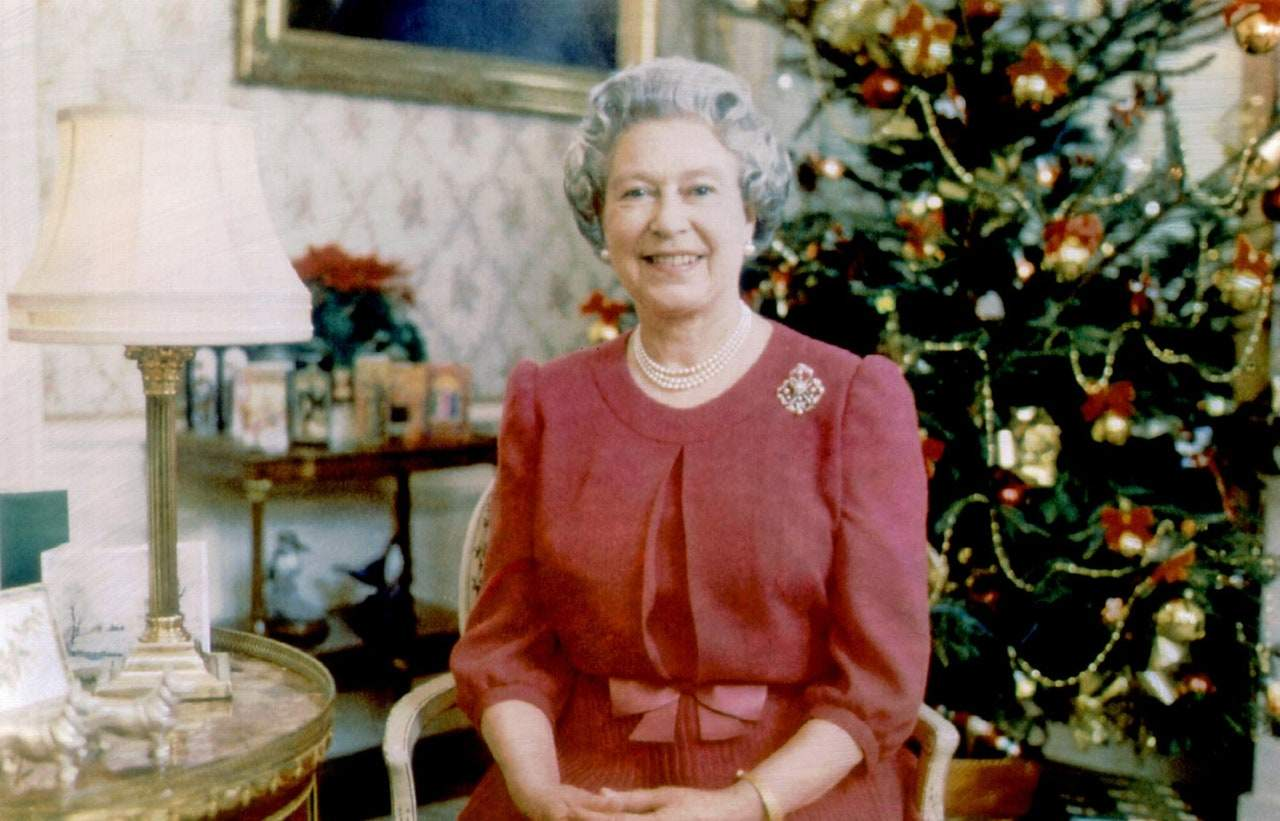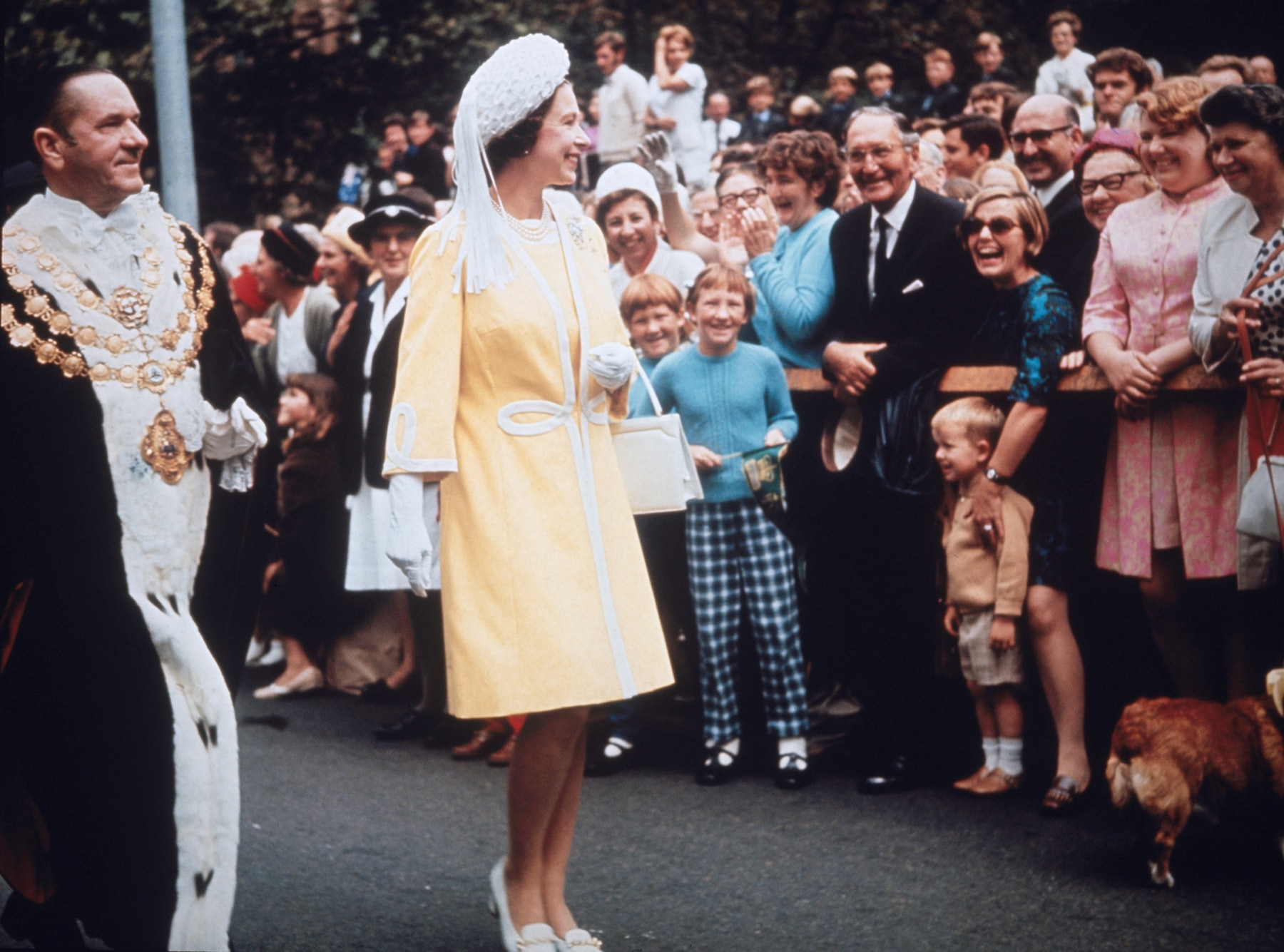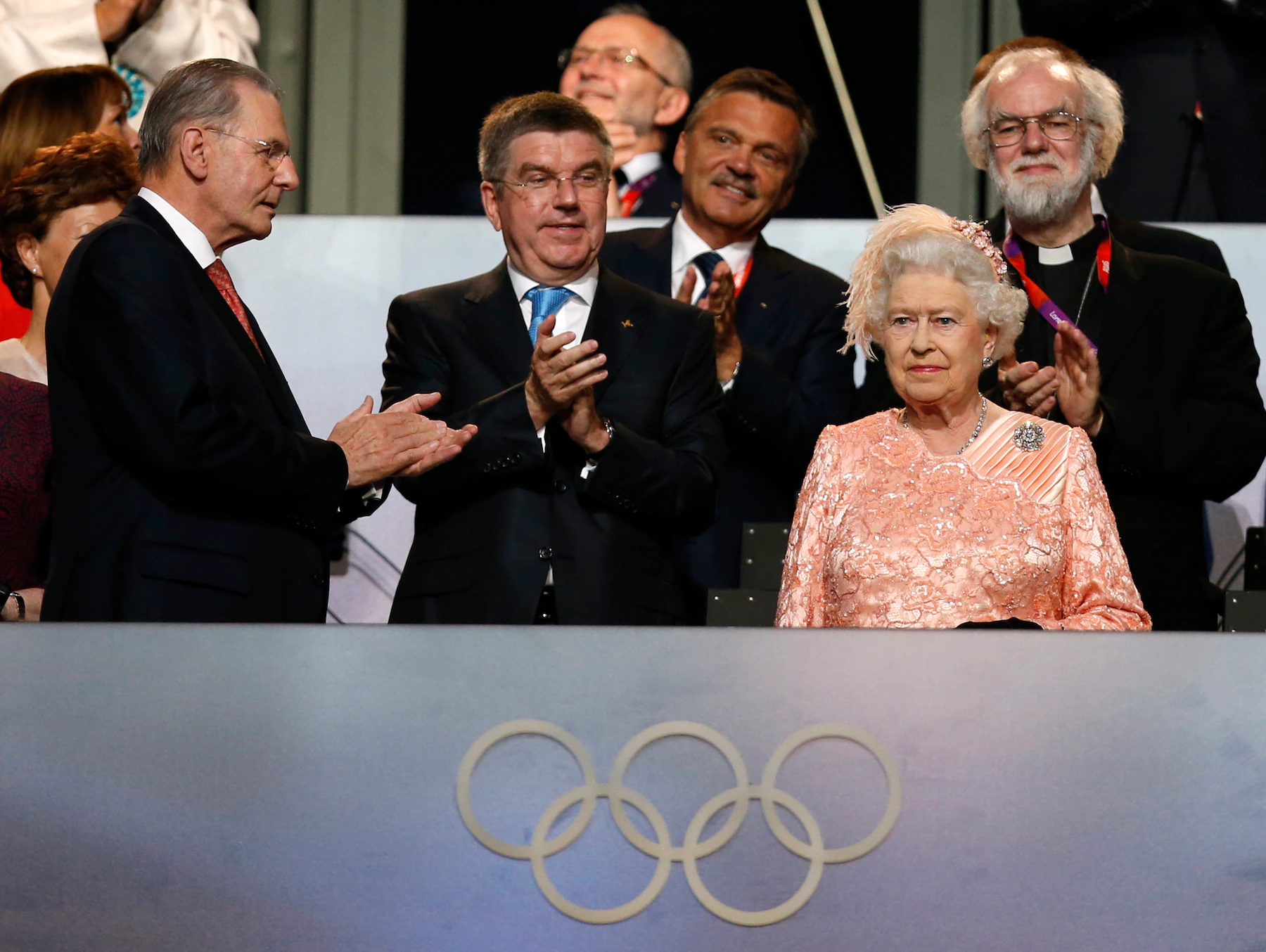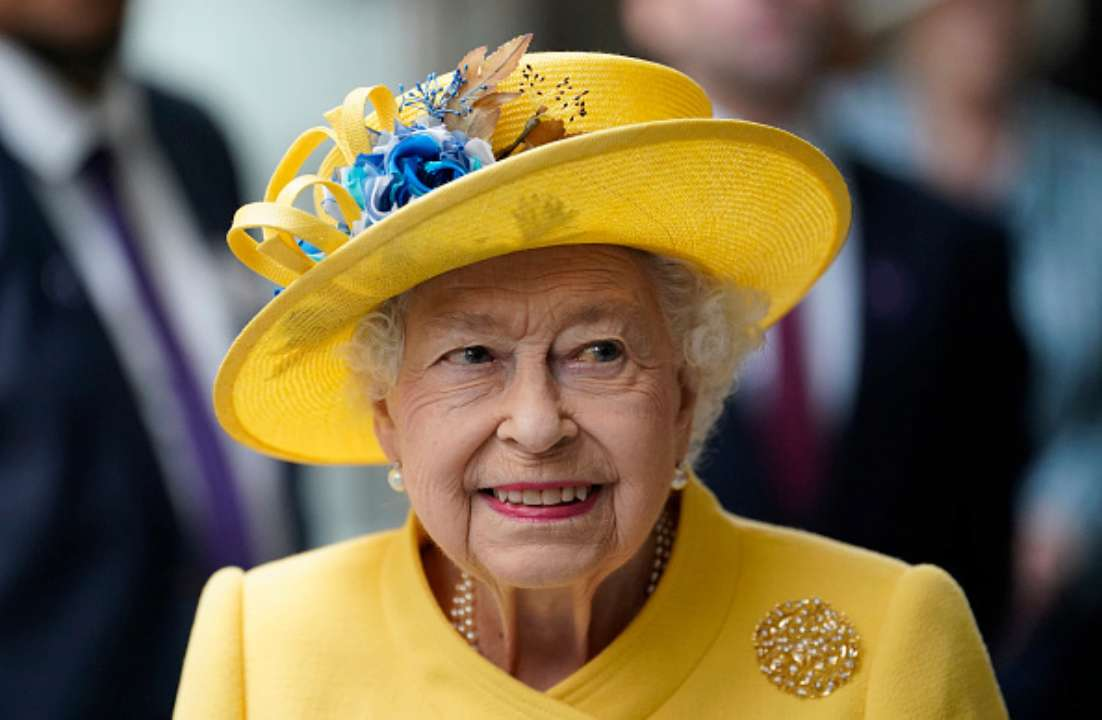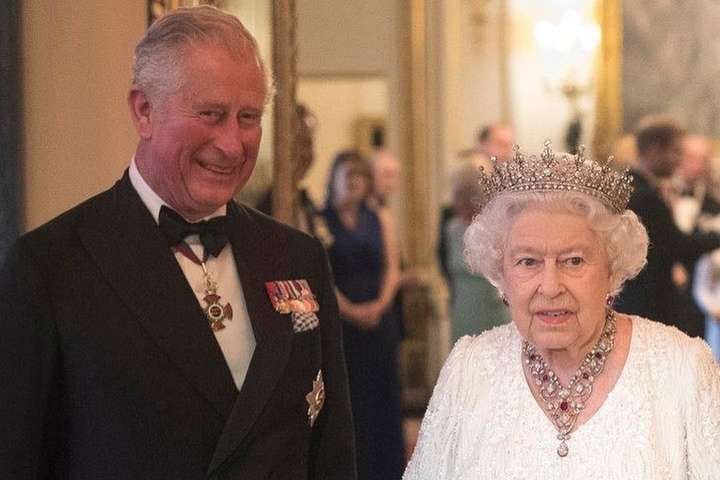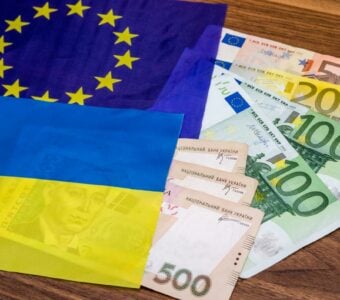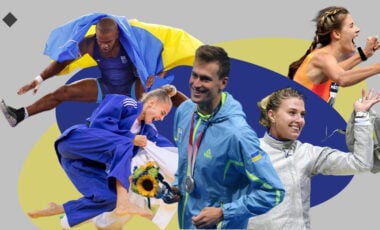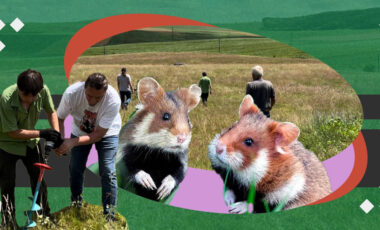Queen Elizabeth II: decisions that changed the monarchy
"When life seems difficult, courageous people do not give up and do not admit defeat. They are beginning to fight even more decisively for a better future," said Elizabeth II. How will history remember the Queen, who was respected by the whole world? We recall the significant moments of her reign and life (and even briefly discuss the new monarch - Charles III).

On the evening of September 8, the royal family announced to the world that Queen Elizabeth II had died at the age of 96. She ruled Great Britain for 70 years — the longest of all British monarchs.
This message was preceded by news about the Queen's health problems, which have appeared more and more recently. The whole world followed the situation after reports from Buckingham Palace on September 8, when Elizabeth II's doctors expressed concern about her health. Members of the royal family, her children, and grandchildren arrived at the Queen's residence. Prince Harry interrupted a European visit, where he was with his wife Meghan, and also went to Scotland. A premonition of the inevitable gripped Britain.
Just a couple of days ago, on Tuesday, September 6, Elizabeth II received Liz Truss, who became the country's new prime minister, at Balmoral. Due to the Queen's health, the traditional protocol of approving the resignation of Her Majesty's Prime Minister and the appointment of a new one was not held at Buckingham Palace in London but at Balmoral Castle in Scotland, where Elizabeth II was staying. She smiled and was friendly to the new PM. Looking at this photo, it's hard to believe that this is one of the last official photos of the Queen.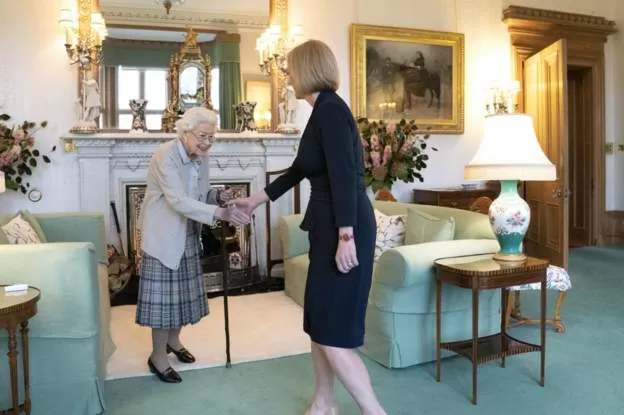
"London Bridge is down" – that was the name of the government's plan in the event of the Queen's death, which was published by the British media before the official announcement. The actual London Bridge is intact, but with the death of the Queen, an entire era has passed into the past.
Rubryka decided to recall what made Elizabeth II memorable to the world, what her decisions became iconic, and why most of the British people loved Her Majesty so much.
"A Happier World Tomorrow"
Princess Elizabeth was third in line to the throne at the time of her birth. At that time, no one considered her a future queen. She grew up surrounded by the love and care of her relatives, received a home education, and then studied history and foreign languages.
The Second World War began when Princess Elizabeth was thirteen years old. The royal family did not leave the British in trouble, refusing to evacuate to Canada. The princess then organized pantomimes with the children of the royal staff at Windsor, and in 1940 she made her first radio address during the BBC's Children's Hour, speaking to evacuated children. Elizabeth supported them and told them to remember that when peace comes, "it will be for us, the children of today, to make the world of tomorrow a better and happier place."
The decision to join the self-defense unit
In 1945, Elizabeth was able to persuade her father to allow her to make a direct contribution to the victory. She joined the women's self-defense unit, where she trained as an ambulance driver, earning the military rank of lieutenant. Lieutenant Elizabeth Windsor's military service lasted five months. It was the first time in the royal family's history that a woman served in a military unit.
"My life, long or short, will be devoted to your service"
Princess Elizabeth's first foreign visit was to South Africa, then part of the British Empire, when she was 21 years old. There she made one of her first public addresses. "I declare before you that all my life, long or short, will be devoted to your service," she said in a speech broadcast on radio.
The decision to broadcast the coronation
Elizabeth's path to the throne was accelerated by the abdication of her uncle and the early death of her father, King George VI. She became Queen in February 1952. The official coronation took place in June 1953. This event was broadcast on television for the first time — this decision brought the royal family closer to the subjects — the royal family seemed to be in the homes of the people of Great Britain and the Commonwealth countries. Millions of Britons and people worldwide watched the BBC's broadcast from Westminster Abbey. It is believed that this event significantly contributed to the growth of the popularity of both television and the royal family. It is interesting that the Queen considered it unacceptable to dress up in the post-war period — Elizabeth purchased the material for her wedding dress using food stamps from the Second World War. British subjects also sent coupons to the Queen, but the palace returned every single one.
325 foreign visits and weekly meetings with prime ministers
The Queen took an active part in diplomatic life. She has 325 foreign visits to her credit. Immediately after the coronation, she undertook a six-month tour of the Commonwealth of Nations, British colonies, and other world countries. Elizabeth II became the first monarch to visit Australia and New Zealand. And in 1957, her first state visit to the USA took place — this became a confirmation of American-British friendship.
She also became the first British monarch since 1913 to visit West Germany. This visit was an important signal that Germany was returning to the circle of European countries. In 1986, she visited China, and in 1996, she met with the legendary anti-apartheid fighter Nelson Mandela. In 2011, she became the first British monarch to visit independent Ireland — this was a real breakthrough in relations between the two countries.
British Prime Ministers met with the Queen weekly, which was taken very seriously. One of the prime ministers even said that he prepares for meetings with the Queen more seriously than for the parliament meetings because the Queen knows most of the issues. Ministries and diplomatic missions of Great Britain sent her regular reports. Queen Elizabeth II worked with 16 prime ministers (including Liz Truss) during her reign.
"None of us has a monopoly on wisdom"
Queen Elizabeth II has never given an interview. But she has found ways to connect with her subjects, including through her annual Christmas speech, which is a central part of British holiday traditions. The Queen often added personal reflections, warmth, and sometimes self-irony to her speeches. "Don't take yourself too seriously. None of us have a monopoly on wisdom," she said in her televised Christmas address in 1991.
Somewhat revolutionary decisions of the Queen
Her Majesty firmly adhered to centuries-old protocol. But at the same time, she was never old-fashioned. Among the significant cultural moments of the Elizabethan era was the visit of the Beatles to Buckingham Palace in London in October 1965. On that day, the Queen awarded medals of honor to world pop culture icons. "She was very friendly," said Paul McCartney after the meeting. "She was just like a mother to us."
And in 1970, Queen Elizabeth II broke the centuries-old tradition. Instead of waving to people from afar, she greeted people up close during the royal tour of Australia and New Zealand. As an ordinary person, she walked through the streets of Sydney, smiling and talking to amazed onlookers. Since then, the "walk" has become a common practice for many royal family members.
Annus Horribilis
One of the most difficult periods in the Queen's family life began with the fairytale wedding of her eldest son and heir, Prince Charles, to Diana Spencer on July 29, 1981. Even though Diana was loved as a "people's princess," the couple had a difficult marriage with mutual accusations of infidelity. They divorced in 1992, a year the Queen called "annus horribilis" ("disastrous year" in Latin) because it also included the divorce of her son Andrew, the divorce of her daughter Anne and the fire at Windsor Castle. After Diana died in a car accident in Paris, the Queen was criticized for her slow reaction. But a few days later, she addressed the nation live from Buckingham Palace and said: "No one who knew Diana will ever forget her. Millions of others who never met her but felt they knew her — remember her." She added: "We're all trying to deal with it in different ways."
The decision to become a "Bond girl"
At the 2012 Olympic Games opening in London, the Queen surprised everyone by becoming "James Bond's girl." The short film showed James Bond (Daniel Craig) taking Elizabeth away from Buckingham Palace. The trip to the stadium was organized with the help of a helicopter, from which two understudies descended on parachutes to the stadium. At the same time, the real Queen entered the podium with an impenetrable face and vixen glance.
The decision to let Harry and Meghan go
The wedding of Prince Harry to the American actress Meghan Markle in 2018 became a global event for the English monarchy. And it raised questions about whether a politically active, self-proclaimed feminist with a different background could help modernize the British monarchy. But the Queen supported them when Harry and Meghan announced in 2020 that they felt harassed by the media and would step down from their royal duties. She mediated their departure from the "family firm," writing in a statement: "Although we would have preferred for them to remain full-time working royals, we respect and understand their desire to live a more independent life as a family." Her Majesty stressed that Harry and Meghan remain valued members of her family.
The decision to support Ukraine
By tradition, the Queen does not get involved in politics, and members of the British royal family never make political statements. However, this does not mean they cannot react to certain events. In March, when the full-scale war in Ukraine was just unfolding, Elizabeth symbolically supported our country. In the photo from the audience with Canadian Prime Minister Justin Trudeau, a vase with a composition of blue and yellow flowers stood on the table next to Her Majesty.
Moreover, in the same month, Her Majesty made a generous donation to the Emergency Committee in Britain, which helps Ukrainian refugees. And in May, at the opening of the subway line in London, named after the Queen, Elizabeth wore a yellow suit and a hat decorated with bright blue flowers.
On May 10, in the Queen's address at the opening ceremony of the Parliament of Great Britain, Elizabeth also mentioned Ukraine. "During these difficult times, my government will play a leading role in protecting democracy and freedom around the world, including continuing to support the people of Ukraine," the British Queen's address read.
For decades, the Queen remained one of the most popular personalities in Great Britain. This year, polls showed that 8 out of 10 of her subjects had a positive view of her, and three-quarters thought she had done a good job as Queen. "I believe that, young or old, we have as much to look forward to with confidence and hope as we have to look back on with pride," said Elizabeth II in her golden jubilee address. She really had something to be proud of.
The new monarch. What will Charles III be like?
There is an ancient tradition according to which the royal power is never interrupted, and as soon as one monarch leaves this world, their place is immediately taken by the successor. For this reason, the Royal Standard is never lowered like other flags during mourning.
The heir to the throne of Her Majesty Elizabeth II was her eldest son, Prince Charles. The new British King has already chosen his official name. Following the example of his mother, he called himself Charles III, leaving behind his name Charles (the full name of the new monarch is Charles Philip Arthur George). During the Queen's lifetime, the 73-year-old Prince of Wales received a number of duties from his mother, Queen Elizabeth II, outlined in the Sovereign Grant Report.
What do we know about Charles?
- He was born on November 14, 1948, and if his mother, Elizabeth II, reigned the longest among British monarchs, he waited the longest for his turn to take the throne.
- Charles was the first heir to the throne to graduate from university, studying archeology and anthropology at Cambridge.
- Then there was service in the naval forces, receiving the title of Prince of Wales and a lot of charity work. Currently, Charles is the patron or president of about 400 charitable organizations. Charles also writes books and even wrote about climate change.
- Charles was married twice. The first time was with Diana Spencer, the mother of his two children, William and Harry. Nine years after the divorce, Charles married a second time — to Camilla Parker Bowles. Camilla is now Queen Consort.
Prime Minister Liz Truss has already addressed the nation and named King Charles III. According to her, Elizabeth II was the stone on which modern Great Britain was built. She also called on the British people to unite to help the new King. The words with which she ended the speech: "God save the King."


